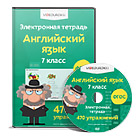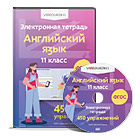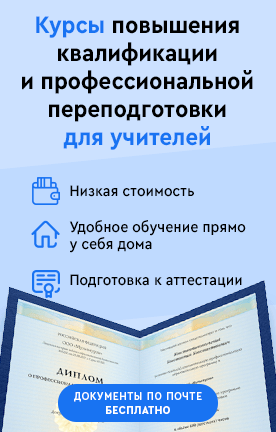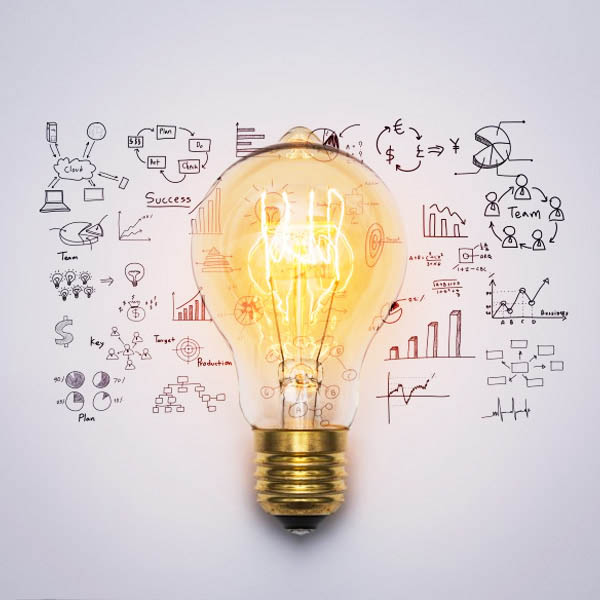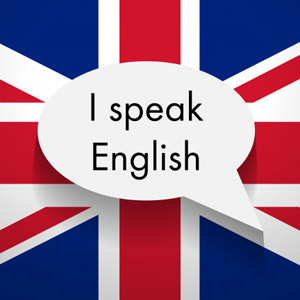Урок «ЛАМПА НАКАЛИВАНИЯ» разработан для специальности 08.02.09 «Монтаж, наладка и эксплуатация электрооборудования промышленных и гражданских зданий» (по отраслям). Текст из учебного пособия Агабекян И.П. Английский язык для ссузов.– М.: ТК Велби, Изд-во проспект, 2007. – 280 с. ISBN-10 5-482-01308-1 ISBN-13 978-5-482-01308-3 За текстом следуют задания по его переводу и проверке грамматических навыков студентов. Этот урок также можно проводить в группах всех специальностей для ознакомления студентов с фактами биографии знаменитых учёных.
Создайте Ваш сайт учителя Курсы ПК и ППК Видеоуроки Олимпиады Вебинары для учителей
"ЛАМПОЧКА НАКАЛИВАНИЯ"
Вы уже знаете о суперспособностях современного учителя?
Тратить минимум сил на подготовку и проведение уроков.
Быстро и объективно проверять знания учащихся.
Сделать изучение нового материала максимально понятным.
Избавить себя от подбора заданий и их проверки после уроков.
Наладить дисциплину на своих уроках.
Получить возможность работать творчески.
Просмотр содержимого документа
«"ЛАМПОЧКА НАКАЛИВАНИЯ" »
Похожие файлы
Полезное для учителя
Распродажа видеоуроков!
1620 руб.
2310 руб.
1650 руб.
2350 руб.
1800 руб.
2570 руб.
1460 руб.
2090 руб.
Курсы ПК и ППК для учителей!
800 руб.
4000 руб.
800 руб.
4000 руб.
800 руб.
4000 руб.
800 руб.
4000 руб.
ПОЛУЧИТЕ СВИДЕТЕЛЬСТВО МГНОВЕННО
* Свидетельство о публикации выдается БЕСПЛАТНО, СРАЗУ же после добавления Вами Вашей работы на сайт
Удобный поиск материалов для учителей
Проверка свидетельства


